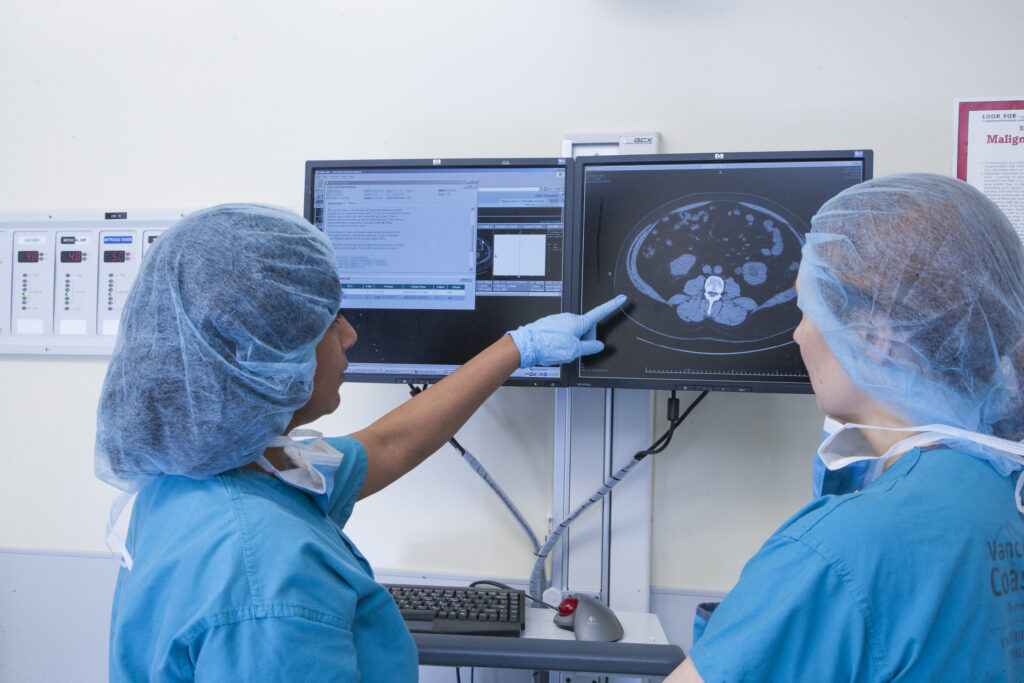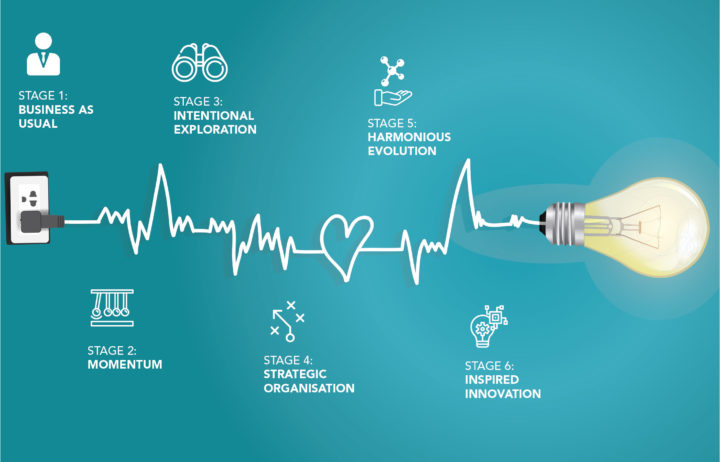The patient-centred revolution in healthcare is gaining momentum, and public expectations and scrutiny have never been higher. Yet many healthcare operators struggle to understand the impact and opportunity.
To this end, Experience 360 has developed a Patient Partnership Indicator – Rapid Assessment to help Australian healthcare executives and patient-experience leaders understand the maturity of their organisations on the spectrum for patient-centred strategy, alignment and engagement.
This unique approach sheds a light on your overall patient-centred maturity level and also provides comprehensive insight into how your organisation is positioned across key business functions, processes and models to compete in the modern, patient-driven digital economy.
Demystifying The Patient-Centred Approach
Experience 360’s research of adopting the patient-centred model reflects it as one of the most significant pathways toward positive change in healthcare organisations. It is transformative in its benefits and patient outcomes.
We have found that, in addition to technology changes and other market pressures, a patient-centred transformative approach is one of the most important catalysts driving the evolution of Australian healthcare businesses. It is also the transformation pathway most misunderstood because most organisations don’t know where they are or where to start, and it results in inaction and procrastination.
After years of working with healthcare organisations who are driving patient-centred efforts and of studying companies in their journey to patient-centred, we have identified a series of patterns, components, and processes that form a strong foundation for change. The elements are organised into six distinct stages and form the basis of Experience 360’s model, Six Stages of Patient-Centred Maturity.
This maturity model helps organisations demystify the patient-centred transformation journey by understanding where they are now, where they want to be and how we can help to get them there.
The Six Stages of Patient-Centred Maturity
As a result of working with healthcare organisations undergoing the process of patient-centred transformation, we have learned that change happens in identifiable stages. By understanding the commonalities found within these stages, a pattern emerges of the patient-centred transformation journey.
Outlining the key commonalities of each stage also helps organisations chart their course toward a desired future state, which is always unique to each organisation. At the same time, understanding the steps each business takes throughout their journey helps executives benchmark their progress against those who have already undergone the change.
This framework provides a patient-centred maturity chart. Its purpose is both prescriptive and aspirational. It helps healthcare providers take an objective look at their current state, identify what their unique patient-centred aspiration is and what will be required to achieve that aspiration before trying to move forward (or even recognising the need to do so).
The aim is to create a usable roadmap and a sense of urgency that informs decision-making and steers you on an informed and tested path toward sustainable change and the many benefits for your business and patients that unfold in the process.
This revolution in healthcare is gaining momentum. It’s time to find out how well you’re placed to meet the challenges that lie ahead.
Take The Experience 360 Patient Partnership Indicator – Rapid Assessment today.
Want to better understand Patient-Centred Care? Download our “Demystifying Patient-Centred Care” e-book to learn the fundamentals.







